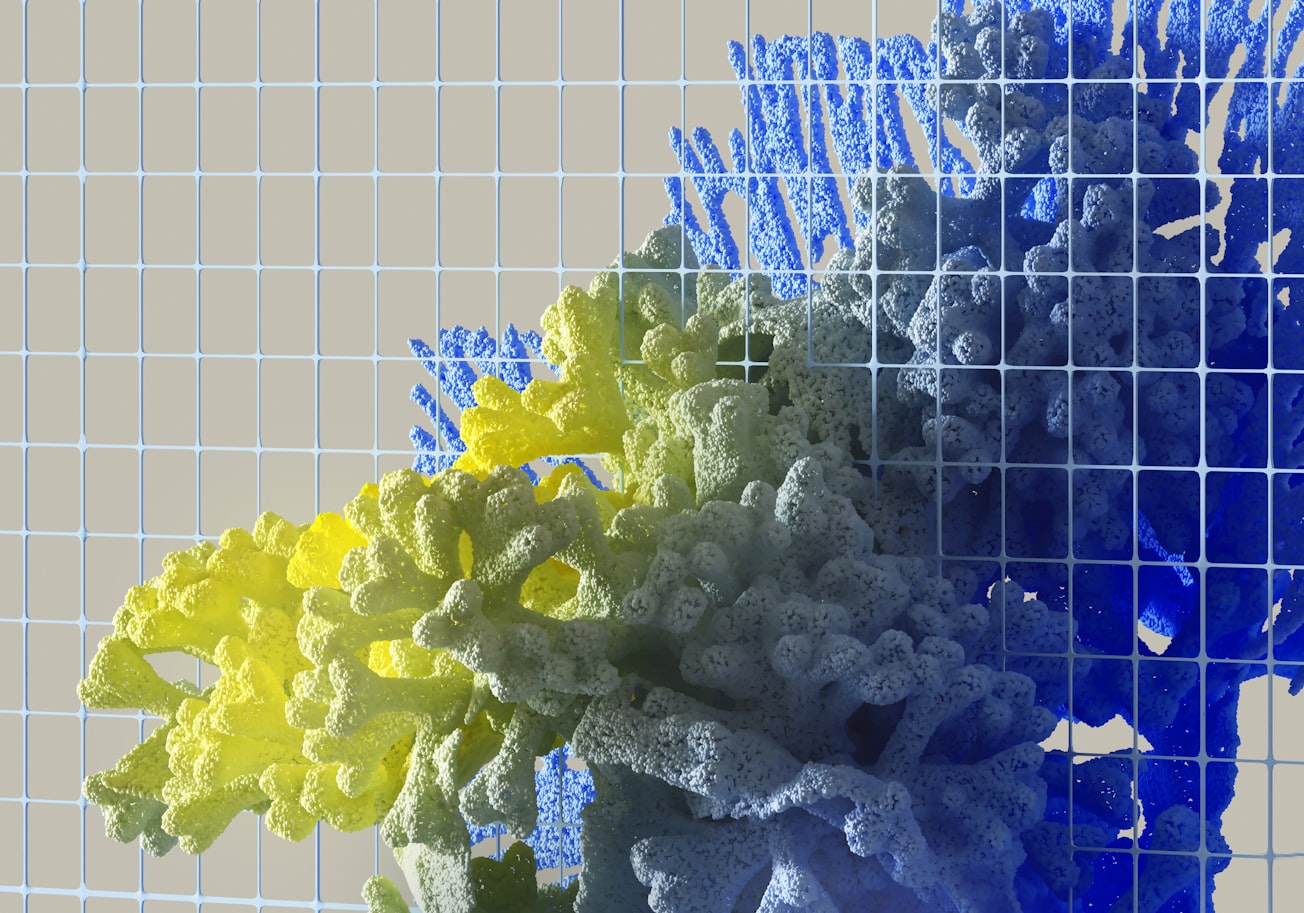What is it about?
This research paper presents a new way of using artificial intelligence to make computer simulations of fluids more accurate. The method is called CFDformer and it uses a type of AI called deep learning. The researchers showed that CFDformer is better at simulating fluid flow than other AI models they tested, and it can handle different types of fluid flow and conditions. This could help make fluid simulations more accurate and efficient, which is important for understanding weather, climate, and many other physical phenomena.
Featured Image

Photo by DeepMind on Unsplash
Why is it important?
CFD is crucial for understanding physical phenomena and has many real-world applications, but the simulations can be computationally expensive. CFDformer uses artificial intelligence and deep learning to improve the accuracy and efficiency of fluid simulations. This method has the potential to make fluid simulations more accurate and efficient, which could lead to new insights and discoveries, and enable the development of more efficient and sustainable technologies.
Perspectives
As someone who works in the field of computational fluid dynamics, I am excited about the potential impact of this research on the accuracy and efficiency of fluid simulations. The current trade-off between accuracy and tractability in fluid simulations can be a major limitation for real-world applications, and the proposed method, CFDformer, presents a promising solution to this challenge. The ability to handle both local and global features of CFD input data, as well as adjust to different boundary and flow conditions, makes CFDformer a versatile and effective tool for improving fluid flow simulations. This research highlights the potential of artificial intelligence and deep learning to revolutionize our understanding of fluid dynamics and improve the development of more efficient and sustainable technologies.
Hyoeun Kang
Pusan National University
Read the Original
This page is a summary of: A new fluid flow approximation method using a vision transformer and a U-shaped convolutional neural network, AIP Advances, February 2023, American Institute of Physics,
DOI: 10.1063/5.0138515.
You can read the full text:
Contributors
The following have contributed to this page







